Subject to Completion, dated December 1, 2020
The information in this preliminary prospectus is not complete and may be changed. We and the selling stockholders may not sell these securities until the registration statement filed with the Securities and Exchange Commission is effective. This preliminary prospectus is not an offer to sell these securities and we are not soliciting offers to buy these securities in any jurisdiction where the offer or sale is not permitted.

|
Class A Common Stock
|
51,914,894 Shares
|
This is an initial public offering of shares of Class A common stock of Airbnb, Inc. We are offering 50,000,000 shares of our Class A common stock. The selling stockholders identified in this prospectus are offering 1,914,894 shares of Class A common stock. We will not receive any of the proceeds from the sale of shares by the selling stockholders. Prior to this offering, there has been no public market for our Class A common stock. It is currently estimated that the initial public offering price will be between $44.00 and $50.00 per share. We have applied to list our Class A common stock on the Nasdaq Global Select Market under the symbol “ABNB.”
We have four series of common stock, Class A, Class B, Class C, and Class H common stock (collectively, our “common stock”). The rights of holders of Class A, Class B, Class C, and Class H common stock are identical, except voting and conversion rights, and with respect to our Class H common stock, redemption rights. Each share of Class A common stock is entitled to one vote, each share of Class B common stock is entitled to 20 votes and is convertible at any time into one share of Class A common stock, each share of Class C common stock is entitled to no votes, and each share of Class H common stock is entitled to no votes and will convert into a share of Class A common stock on a share-for-share basis upon the sale of such share of Class H common stock to any person or entity that is not our subsidiary. Holders of our outstanding shares of Class B common stock will beneficially own 81.7% of our outstanding capital stock and represent 99.0% of the voting power of our outstanding capital stock immediately following this offering, with our directors, executive officers, and 5% stockholders and their respective affiliates beneficially owning 49.1% of our outstanding capital stock as a group, representing approximately 58.8% of the voting power. See the section titled “Description of Capital Stock.”
Investing in our Class A common stock involves risks. See the section titled “Risk Factors” beginning on page 31.
| Per Share |
Total |
|||||||
| Initial public offering price |
$ |
|
|
$ |
|
| ||
| Underwriting discounts and commissions(1) |
$ |
|
|
$ |
|
| ||
| Proceeds to us, before expenses |
$ |
|
|
$ |
|
| ||
| Proceeds to selling stockholders, before expenses |
$ |
|
|
$ |
|
| ||
| (1) |
See the section titled “Underwriting” for a description of the compensation payable to the underwriters. |
At our request, the underwriters have reserved up to 3,500,000 shares of Class A common stock, or up to 7.0% of the shares offered by us in this offering, for sale at the initial public offering price through a directed share program to eligible hosts on our platform and certain individuals identified by our officers and directors. See the section titled “Underwriting — Directed Share Program.”
We have granted to the underwriters the option for a period of 30 days to purchase up to an additional 5,000,000 shares of Class A common stock from us on the same terms as set forth above.
Neither the Securities and Exchange Commission nor any state securities commission has approved or disapproved these securities, or determined if this prospectus is truthful or complete. Any representation to the contrary is a criminal offense.
The underwriters expect to deliver the shares of Class A common stock to purchasers on , 2020.
Morgan Stanley Goldman Sachs & Co. LLC
Allen & Company LLC BofA Securities Barclays Citigroup
BNP PARIBAS Mizuho Securities Credit Suisse Deutsche Bank Securities Jefferies Wells Fargo Securities
Baird Canaccord Genuity Cowen D.A. Davidson & Co. JMP Securities KeyBanc Capital Markets Needham & Company
Oppenheimer & Co. Piper Sandler Raymond James Stifel Wedbush Securities William Blair
Academy Securities Blaylock Van, LLC CastleOak Securities, L.P. C.L. King & Associates
Guzman & Company Loop Capital Markets MFR Securities, Inc. Mischler Financial Group, Inc. Ramirez & Co., Inc.
Siebert Williams Shank Telsey Advisory Group Tigress Financial Partners
| Prospectus dated , 2020 |








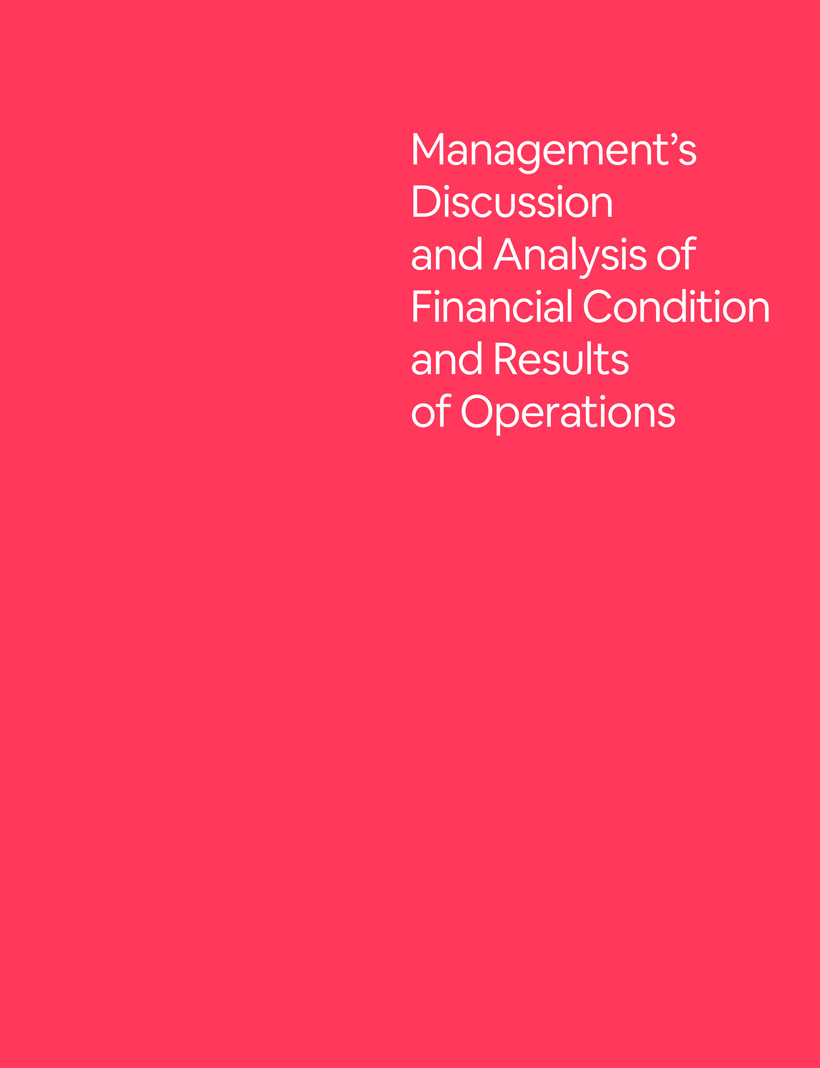
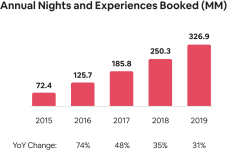

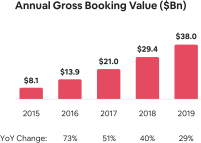

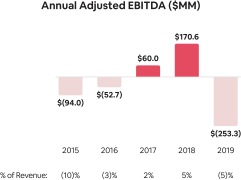
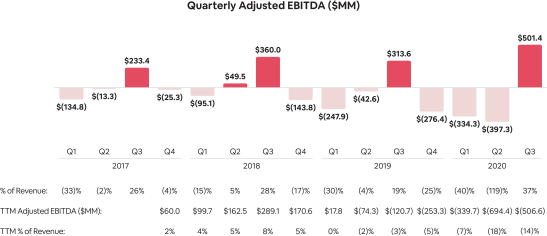

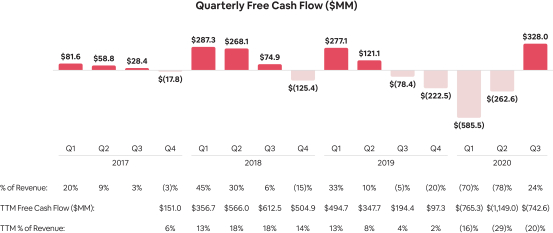




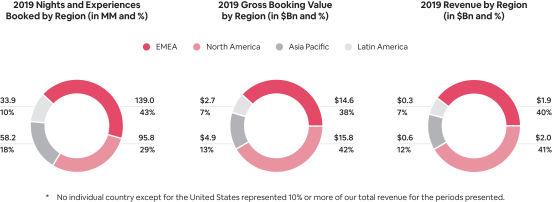

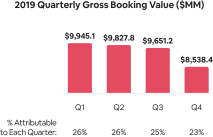
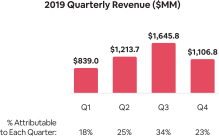




 ), to better serve our Chinese hosts and guests.
), to better serve our Chinese hosts and guests. 







































